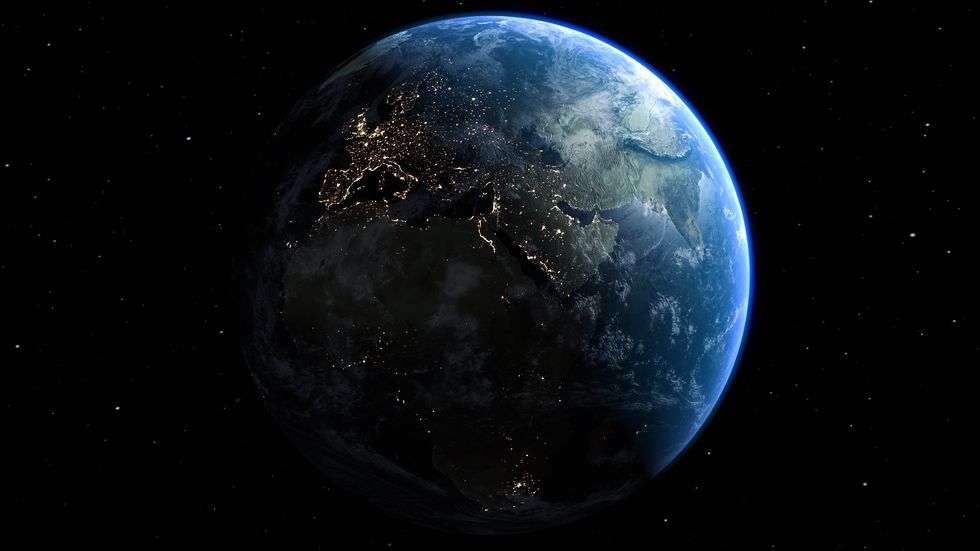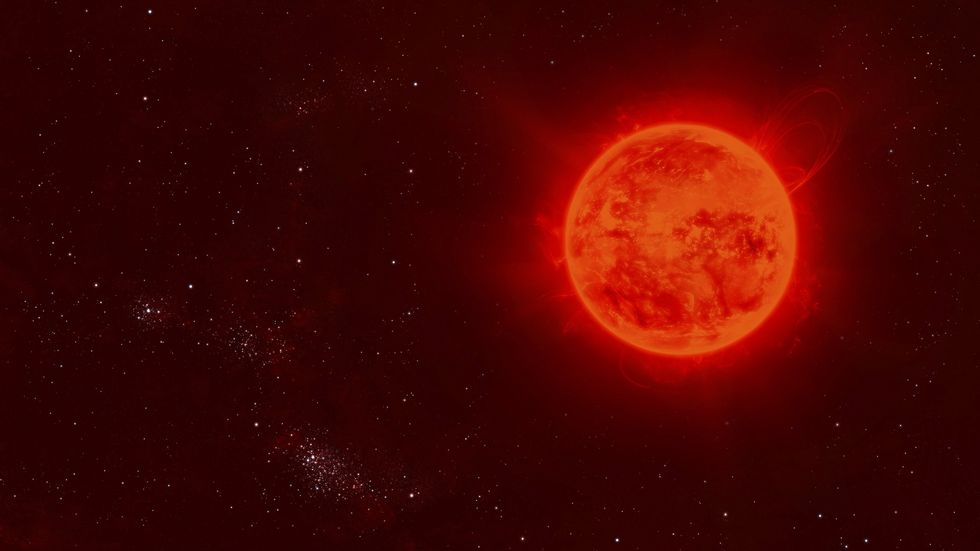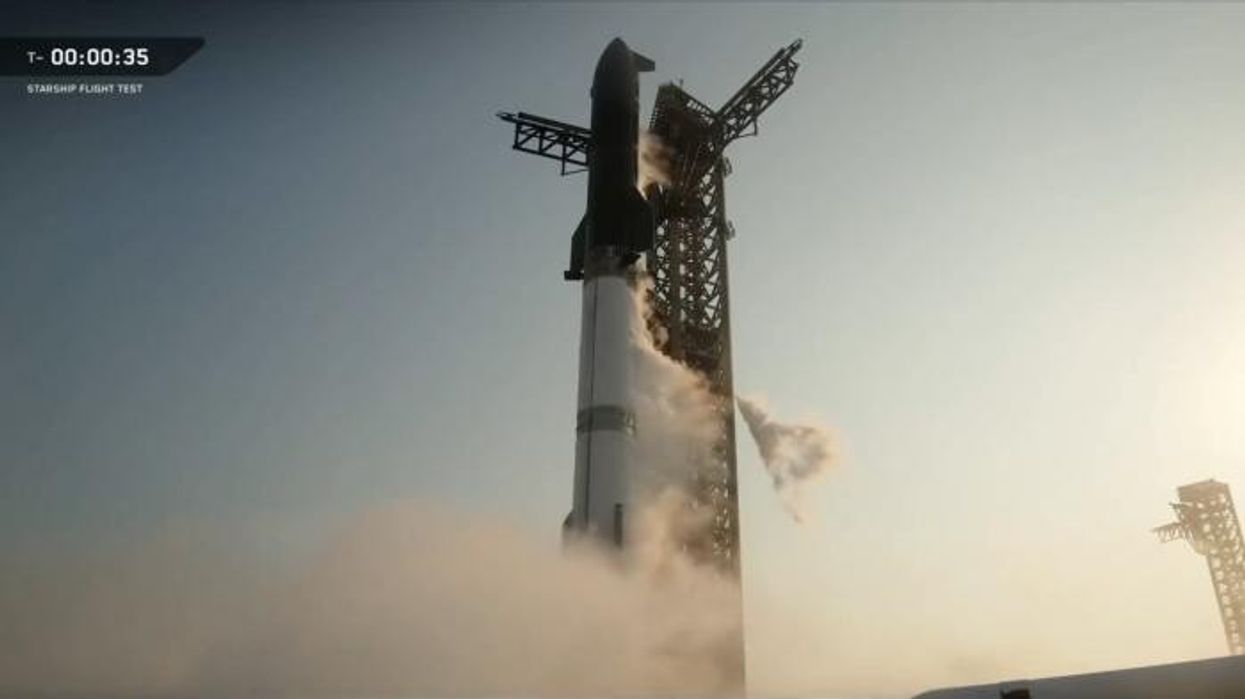Mysterious 'super-Earth' planet discovered as strange flashing signal spotted
Scientists estimate that the planet's surface temperature is over 300C
Don't Miss
Most Read
Latest
A mysterious ‘super-Earth’ planet, which appears to flash a repeated signal from 154 light-years away, has been discovered by Nasa.
The planet TOI-1846 b is almost twice the size of Earth and around four times as heavy.
It orbits a small, cool red dwarf star every four days, and this orbit causes a repeated dip in the star’s light.
This dip first caught scientists’ attention when Nasa's Transiting Exoplanet Survey Satellite (Tess) observed a dimming pattern, which can be seen in March of each year.
Tess, launched in 2018, is a telescope designed to search for exoplanets, or planets outside our solar system, using the transit method which identifies the slight dimming of a star’s light as a planet passes in front of it.
The system has flagged more than 7,600 transit events and confirmed over 630 since its launch, using its four high-sensitivity cameras to scan the sky every 30 minutes.
TOI-1846 b has now been confirmed by a team of scientists using both space and ground-based telescopes.
Abderahmane Soubkiou led the discovery of TOI-1846 b with his team at the Oukaimeden Observatory in Morocco.

The planet, which is called TOI-1846 b, is almost twice the size of Earth and around four times heavier
|Getty
The ‘super-Earth’ falls into the so-called ‘radius gap’, which is a rare category between rocky planets like Earth and larger, gas-rich planets like Neptune.
Its surface temperature is estimated to be over 300C, but researchers say the planet may still hold water.
Scientists think the planet is tidally locked, meaning one side always faces its star while the other remains in darkness, allowing water to potentially be trapped in the cooler, darker regions.
This does, however, depend on how heat moves through its atmosphere, and it is not considered to be hospitable due to the high temperatures.
LATEST DEVELOPMENTS:

The planet orbits a small, cool red dwarf star every four days
|Getty
TOI-1846 b’s host star is a red dwarf which is about 40 per cent the size and mass of our sun, and glows at nearly 3,500C.
Nasa scientists are hoping to use the James Webb Space Telescope to study the newly discovered planet’s atmosphere using infrared light.
The discovery adds to a growing list of super-Earths which have been identified by astronomers in recent years.
Earlier this year, scientists discovered another super-Earth, named HD 20794 d, which is located just 20 light-years from Earth.
This planet is six times Earth’s mass and lies within the habitable zone of its star, however, its elliptical orbit may affect its potential to support life.
These planets' classification of ‘super-Earth’ refers to a group of celestial bodies unlike any in our solar system.
Containing more mass than Earth, yet lighter than ice giants like Neptune and Uranus, they can be made of gas, rock or a combination of both.
The classification's name refers only to an exoplanet’s size as being larger than Earth, it does not suggest they are necessarily similar to our home planet.











